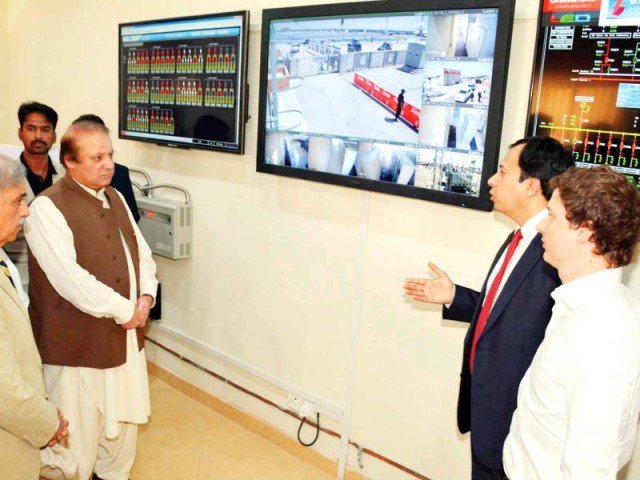
Given the rapidly growing energy needs of the country, 100MW of new power generation capacity sounds like a drop in the bucket. Strictly from the perspective of demand and supply, that may well be true. Nonetheless, the Quaid-e-Azam Solar Park project is important and may well represent the future of energy in Pakistan. It is the first grid-scale solar power project to be inducted into the energy supply system. But that is not the only reason we are enthusiastic about it. What we like most is the price tag: $131 million to add 100 MW of capacity, or about $1.31 dollars per watt. That puts this project at only slightly above the cost of installing a thermal power plant, but with the added benefit of never requiring any money to be spent on fuel and only a minimal amount of money spent every year on maintenance. In other words, what this means is that solar power is on the verge of becoming competitive against thermal power on an amortised basis.
The argument against solar power has always been about its enormous installation costs, and the fact that it is not yet possible to store large amounts of electricity during the day time to run at night. The Quaid-e-Azam Solar Park project proves that at least the first charge is no longer true. Solar is now cheaper than installing even a run-of-the-river hydroelectric power plant. And while energy storage technology is still some years away from rendering thermal power obsolete, significant strides have been made recently, not least of which was the announcement last week by Tesla Motors, a US-based electric car manufacturer, that it has developed an economically feasible battery solution for home installation. With these technological developments and economic headwinds clearly moving in favour of solar energy, it is a shame that the government has announced that it will not be authorising any new alternative energy sources, focusing entirely on gas-fired thermal energy. Such shortsightedness may well prove costly. We do hope that this project will cause the government to reconsider that ill-thought-out policy.
Published in The Express Tribune, May 9th, 2015.
Like Opinion & Editorial on Facebook, follow @ETOpEd on Twitter to receive all updates on all our daily pieces.




























































COMMENTS (2)
Comments are moderated and generally will be posted if they are on-topic and not abusive.
For more information, please see our Comments FAQ